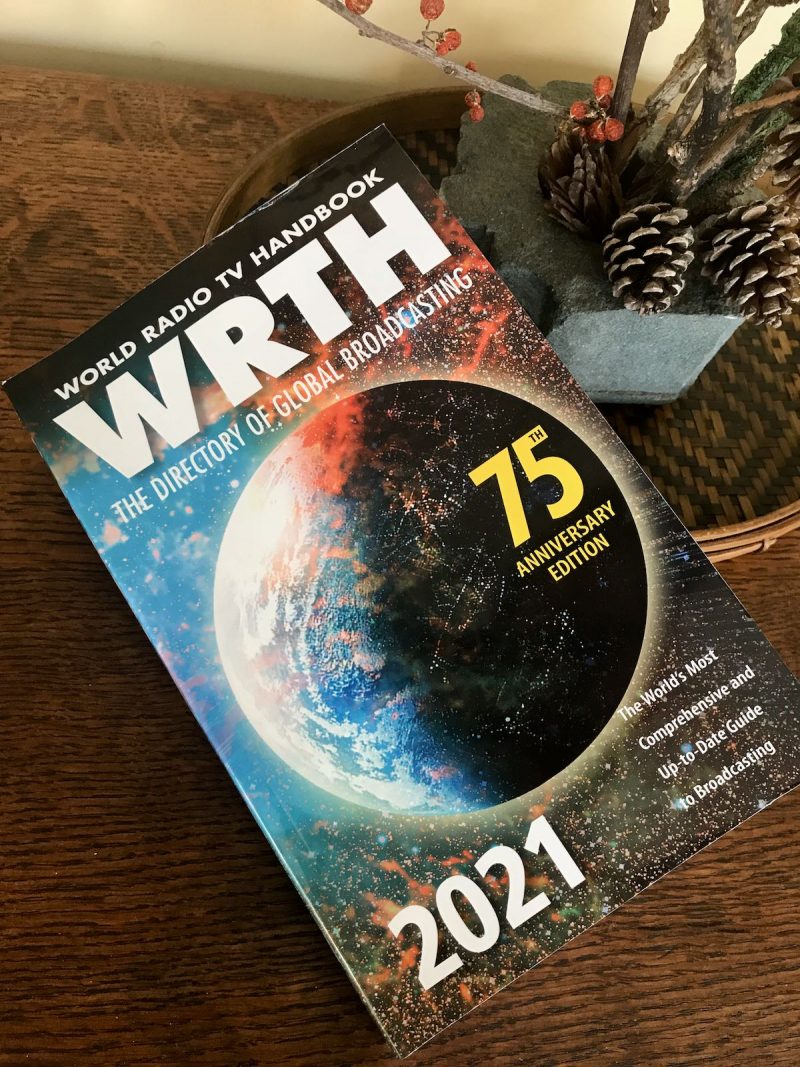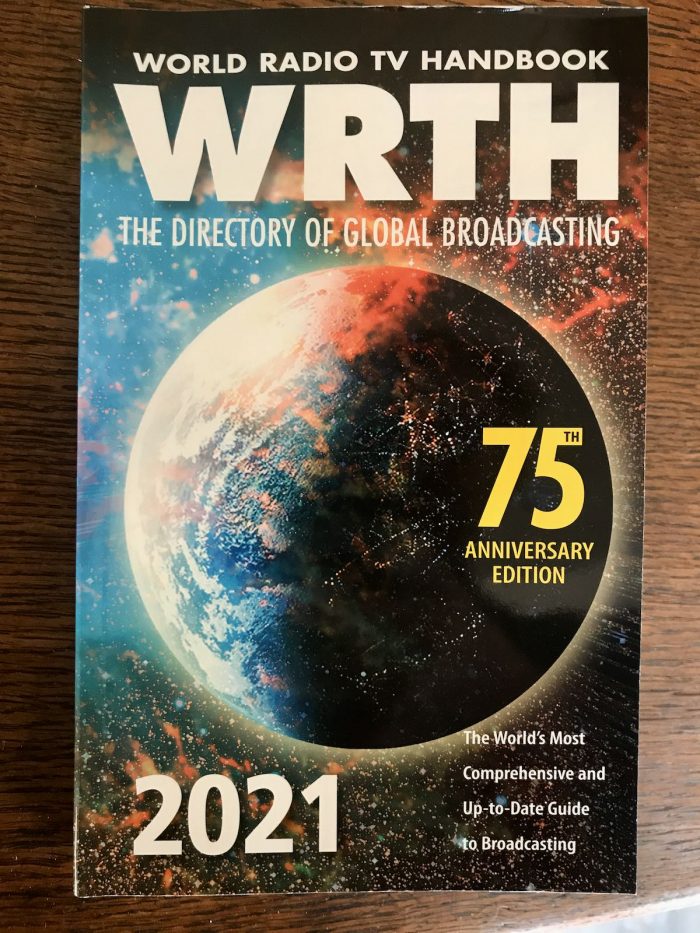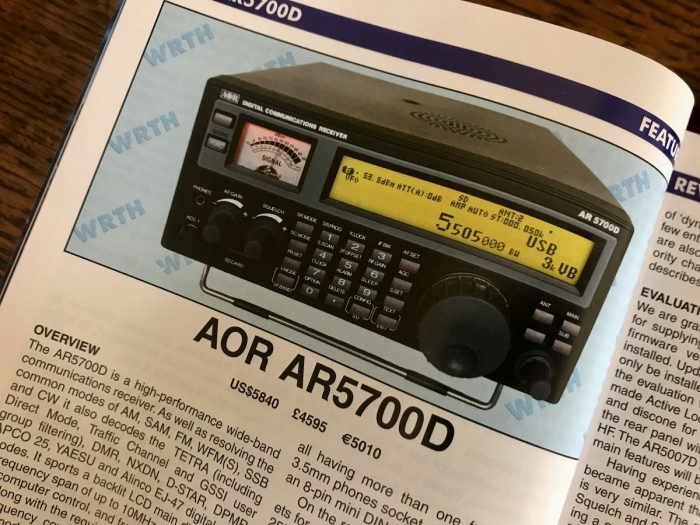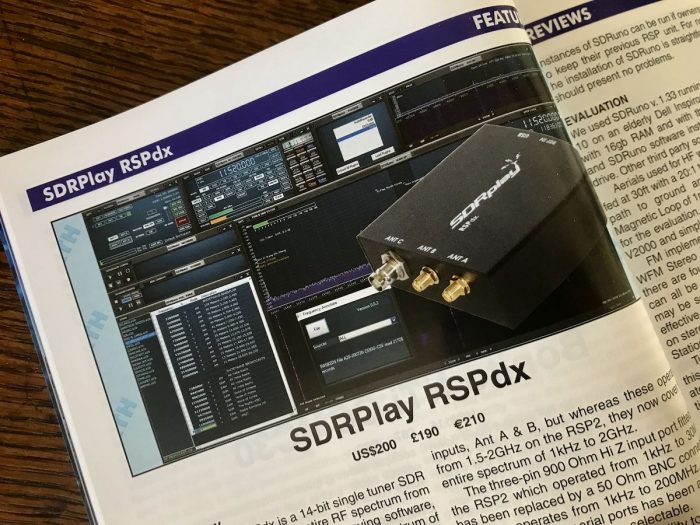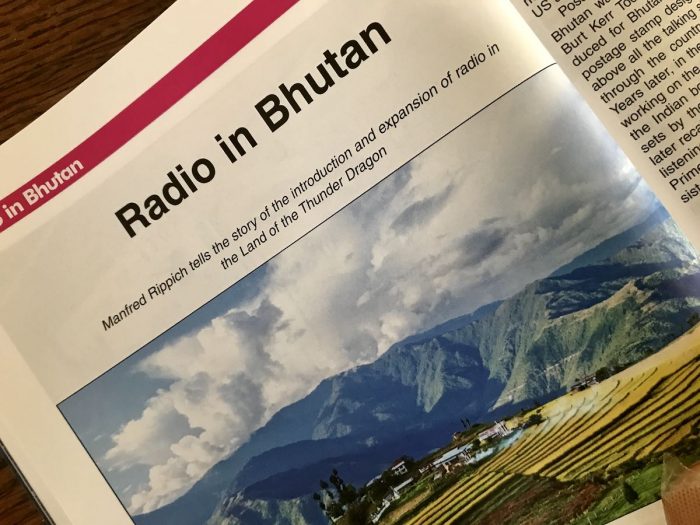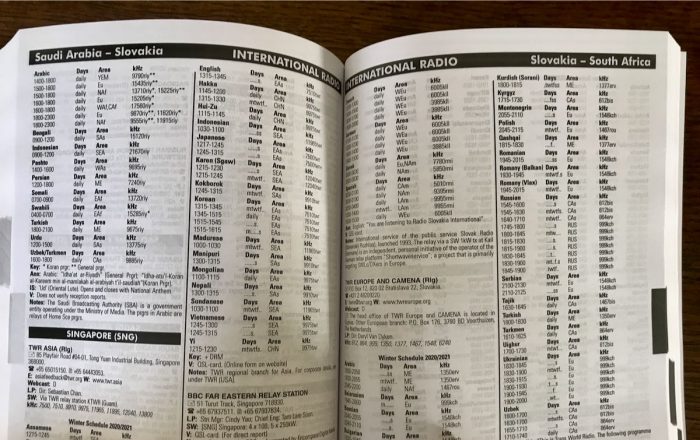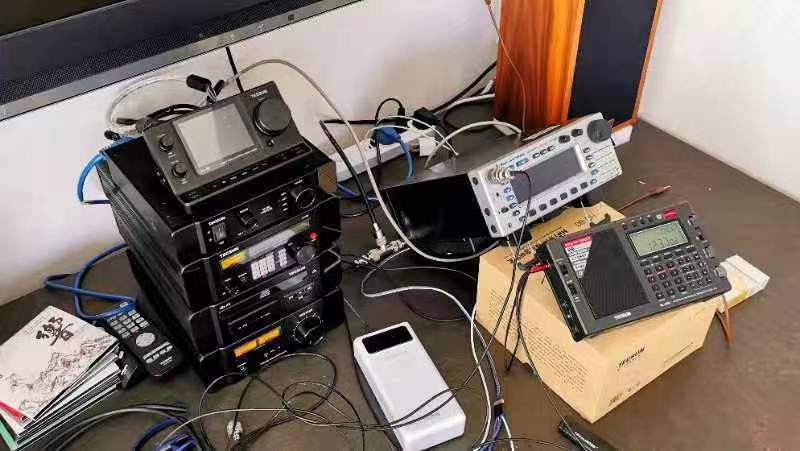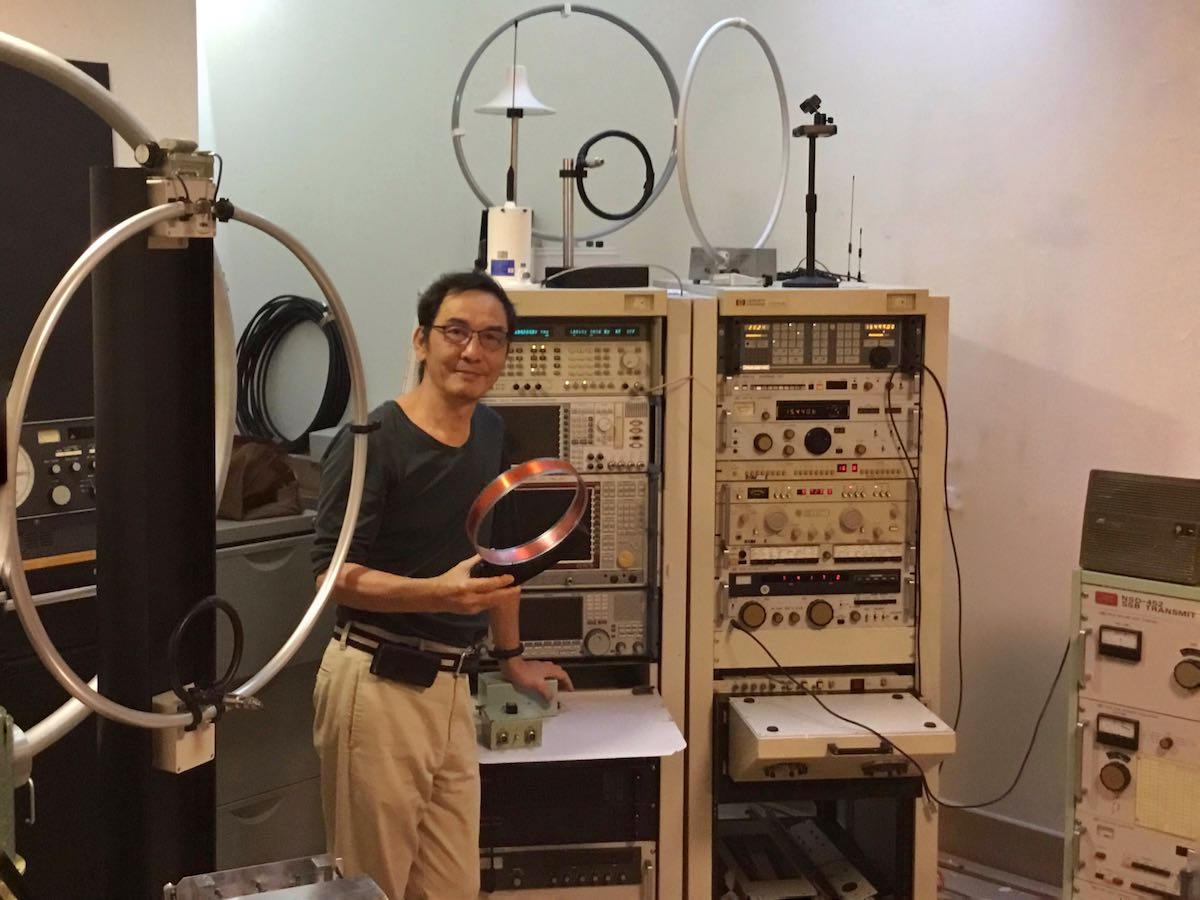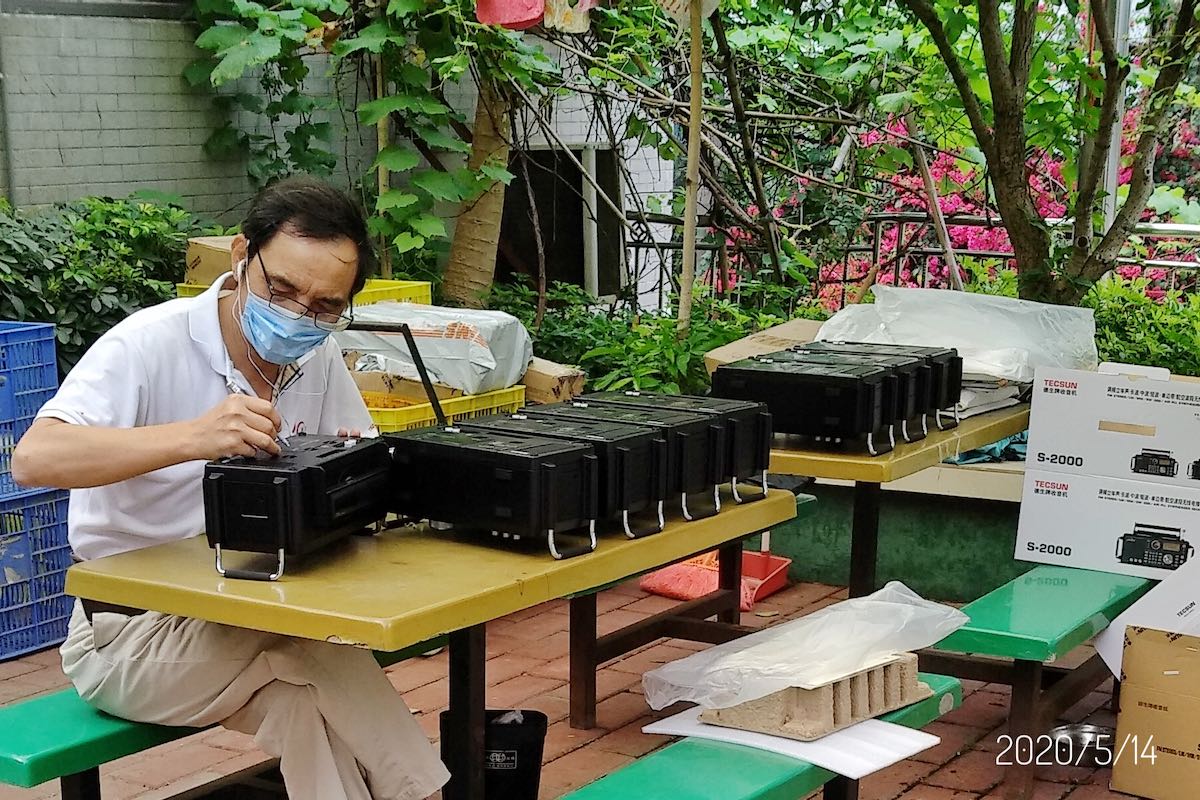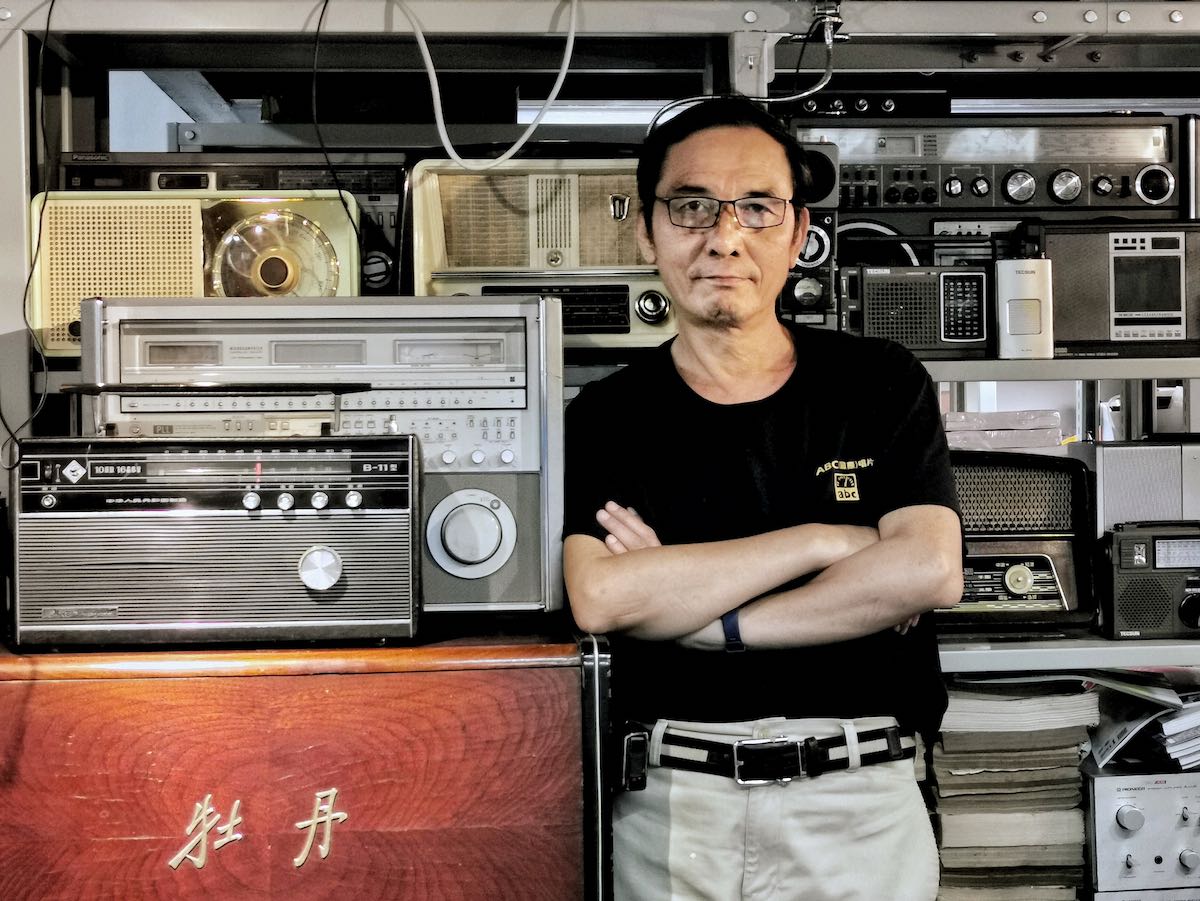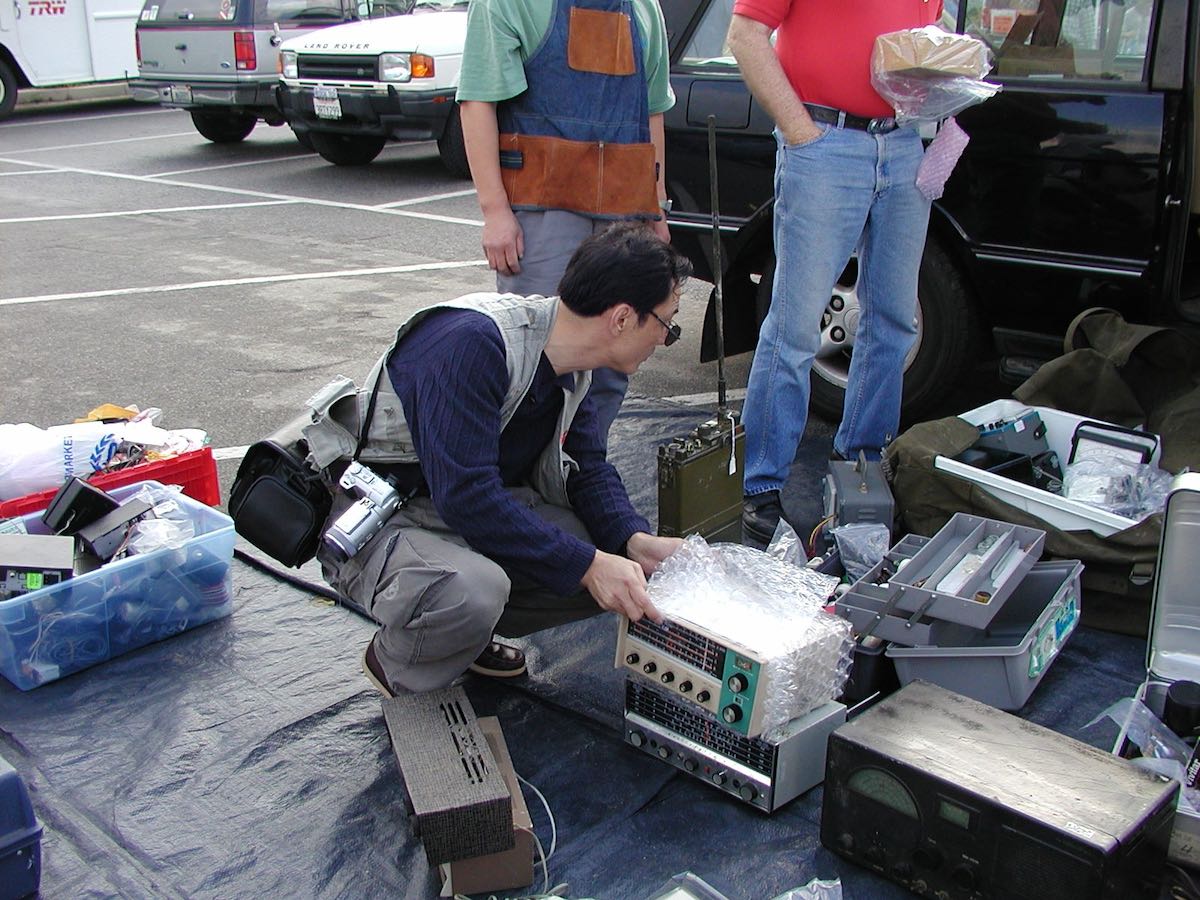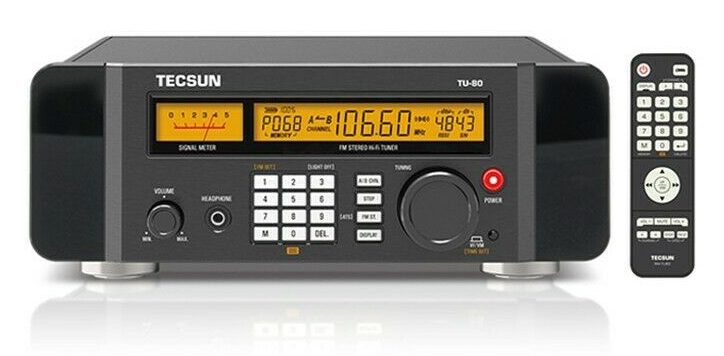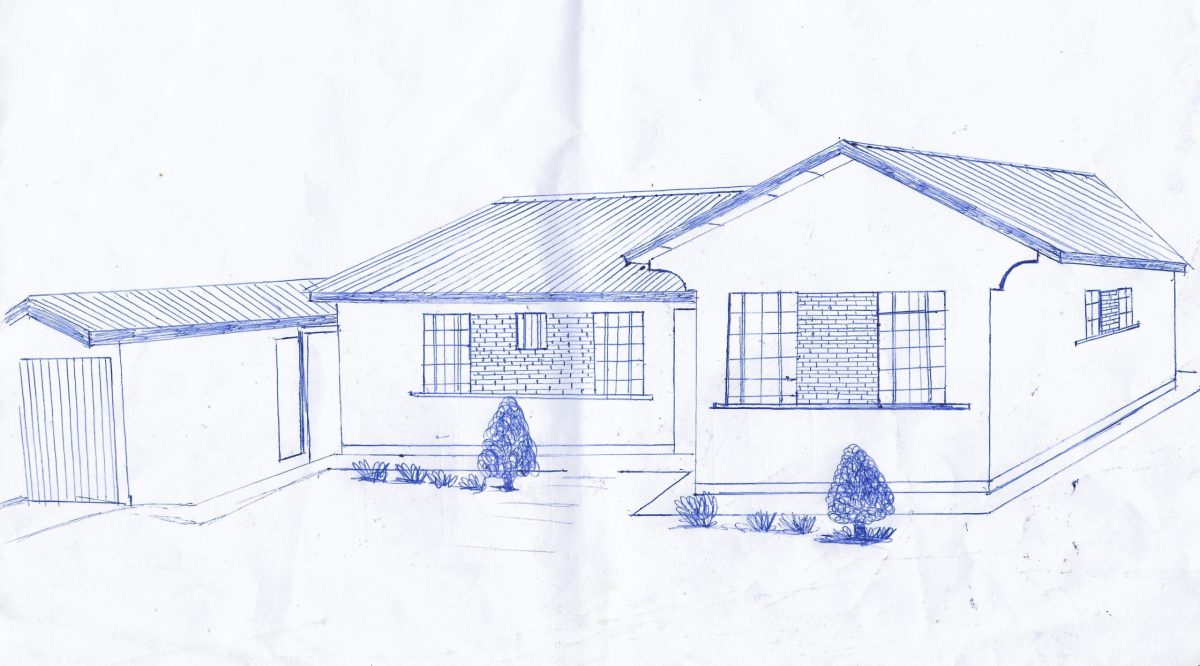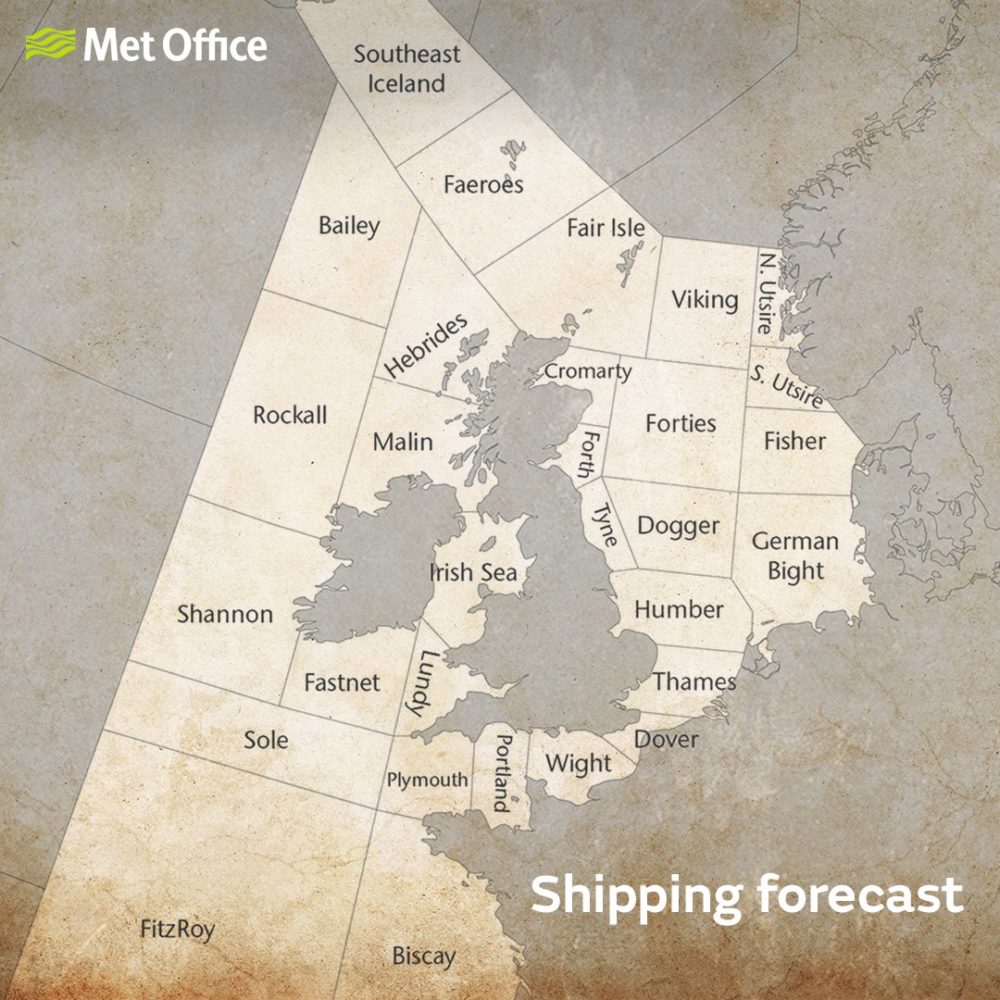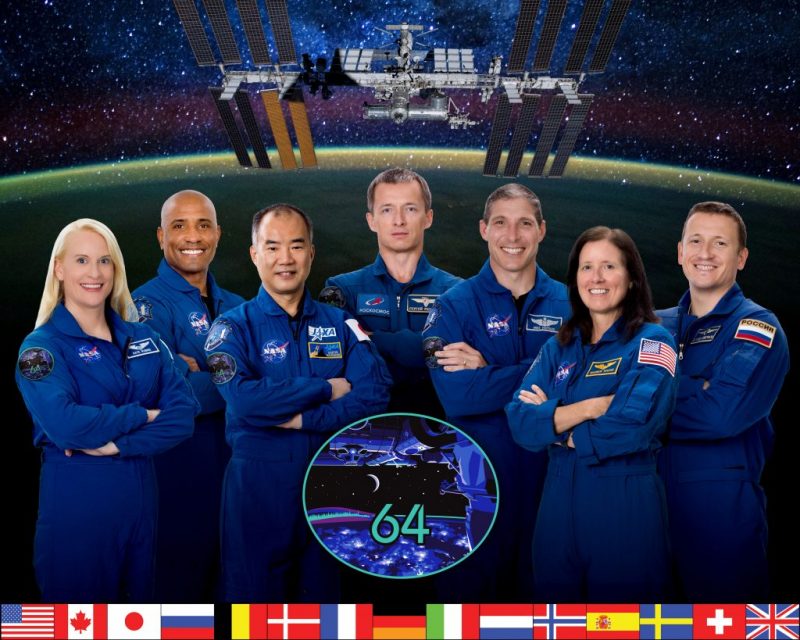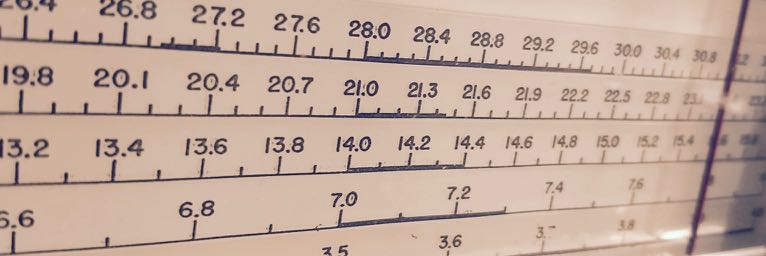Last week, I received a long-awaited Christmas gift: the 2021 World Radio TV Handbook. Normally, I’d receive this annual guide in the December time frame, but because of delays in international postal services due to the Covid-19 pandemic, I took delivery a few weeks late.
I always look forward to receiving this excellent staple radio reference guide–and this is their 75th edition! As I say each year, the WRTH has never disappointed, so my expectations are always quite high.
Once again, the WRTH lived up to my expectations.
WRTH’s team of noted DXers from around the world curate frequencies and broadcaster information by region; while I’m not sure how they orchestrate all of this, the end result is truly a symphony of radio information. In addition to broadcaster listings, WRTH’s radio reviews, feature articles, and annual HF report make for excellent reading.
But the WRTH isn’t just a frequency guide: the publication always devotes the first sixty or so pages to articles relating to various aspects of the radio hobby. Following, I offer a quick overview of these.
The first article always features a WRTH contributor: this year, they feature Stig Hartvig Nielson. His path to becoming a WRTH contributor began in his childhood when he said he was “tall enough to reach the radio tuning knob and tune away from dull Radio Denmark.” His love of radio lead him down the path of becoming a broadcaster. Many of us know him via his station, Radio208.
WRTH Reviews
The second set of articles is always my favorite: WRTH receiver reviews.
This year, WRTH begins with an in-depth review of the AOR AR5700D wideband communications receiver–a radio I’d likely never touch in real-life, so it’s wonderful to take such a deep dive. Next up is a review of the Bonito NTi MegaDipol MD300DX antenna which gets high marks for high gain, low noise, and good dynamic range. The following in-depth review is of the benchmark Icom IC-7610 general coverage transceiver. This was the first time I’ve read a review of this SDR transceiver with radio listeners in mind. WRTH then review the Bonito NTi CCMC30 common mode noise filter–a tool that can help radio enthusiasts mitigate RFI.
A review of the SDRplay RSPdx follows and the review speaks to the performance improvements included with the new HDR mode. The next review is actually one I authored of the Tecsun PL-990 portable radio–it’s always an honor to be in the pages of the WRTH!
The final review is of the Valent F(x) KiwiSDR; a little web-connected SDR receiver that has certainly transformed the nature and accessibility of remote listening.
WRTH Features
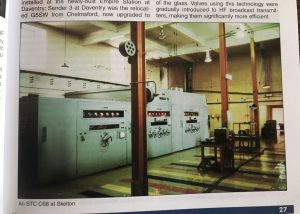 The first feature article, written by none other than Dave Porter, focuses on the development of HF broadcast transmitters. This article adds to the one he authored last year which focused on broadcast antennas. Dave is amazing because he has such an extensive history in the world of HF broadcasting and his experience and expertise are obvious in all of his writing. This is a must-read for those who want to know more about the “business side” of an international broadcast signal!
The first feature article, written by none other than Dave Porter, focuses on the development of HF broadcast transmitters. This article adds to the one he authored last year which focused on broadcast antennas. Dave is amazing because he has such an extensive history in the world of HF broadcasting and his experience and expertise are obvious in all of his writing. This is a must-read for those who want to know more about the “business side” of an international broadcast signal!
Manfred Rippich’s feature, Radio in Bhutan, explores the story of broadcasting in one of the most mountainous countries in the world where communities–including the capitol–are not easily accessible. Radio broadcasting plays an important role in this amazing country.
The following feature, Coastwatchers & the AWA Teleradio 3BZ written by Dr Martin Hadlow, takes a look at the importance of portable radios in the Pacific War. An absolutely fascinating piece for those of us who love radio history.
The final feature was written by Alan Pennington and explores the dynamic Scandinavian Weekend Radio. It’s hard to believe SWR has celebrated 20 years on the air as of 2020. Pennington’s article explores the grassroots energy of this unique broadcaster!
The final article–a tradition–is the WRTH HF propagation report/forecast by Ulf-Peter Hoppe. Always an informative read especially as we continue to work our way out of a long-term solar slump.
The 75th is another fantastic edition of the World Radio TV Handbook. As I say every year, I’ve never been disappointed with WRTH. Their publishing standards are such that the quality of their reviews, their writing, and (most importantly) their broadcast listings are simply unparalleled.
For DXers who collect QSL cards, you’ll find that broadcaster contact information in WRTH is often more up-to-date than a broadcaster’s own website. When readers contact me asking for QSL information from an obscure broadcaster, the first place I search is the current WRTH. Remember: their information is based on volunteer contributors who specialize in specific regions of the world–the most knowledgeable regional DXers keep this publication accurate.
Purchase your copy of WRTH 2020 directly from WRTH’s publishers, or from a distributor like Universal Radio (US) , Amazon.com (US), or the Book Depository (international).

